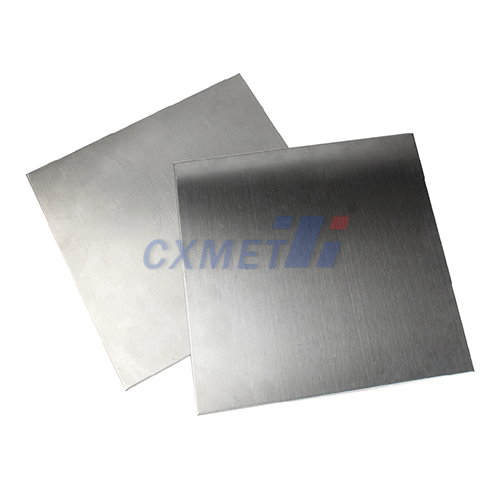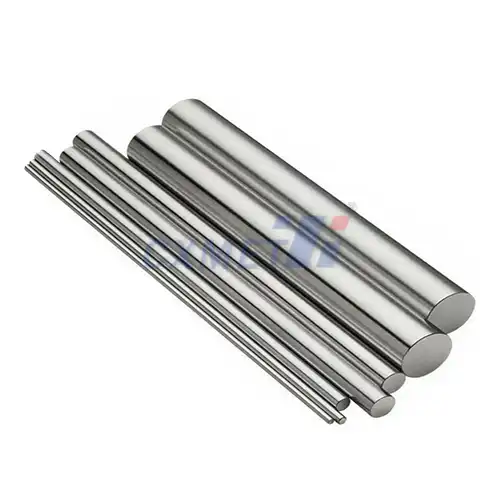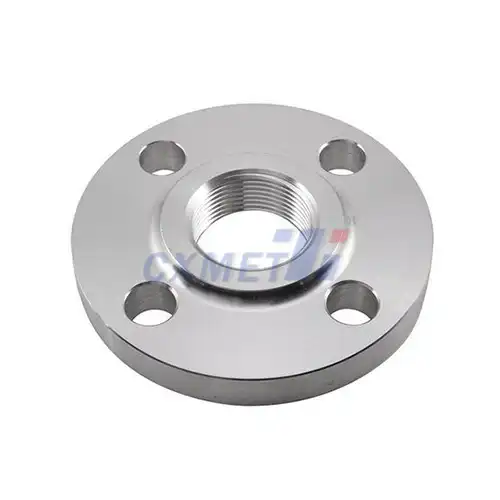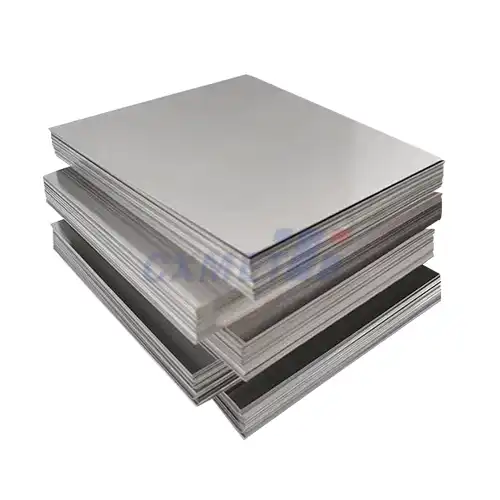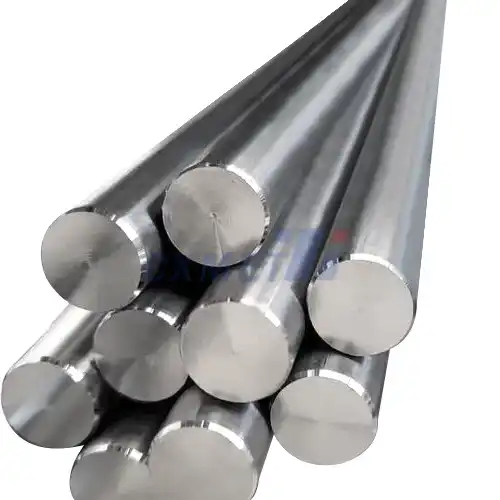- English
- French
- German
- Portuguese
- Spanish
- Russian
- Japanese
- Korean
- Arabic
- Greek
- German
- Turkish
- Italian
- Danish
- Romanian
- Indonesian
- Czech
- Afrikaans
- Swedish
- Polish
- Basque
- Catalan
- Esperanto
- Hindi
- Lao
- Albanian
- Amharic
- Armenian
- Azerbaijani
- Belarusian
- Bengali
- Bosnian
- Bulgarian
- Cebuano
- Chichewa
- Corsican
- Croatian
- Dutch
- Estonian
- Filipino
- Finnish
- Frisian
- Galician
- Georgian
- Gujarati
- Haitian
- Hausa
- Hawaiian
- Hebrew
- Hmong
- Hungarian
- Icelandic
- Igbo
- Javanese
- Kannada
- Kazakh
- Khmer
- Kurdish
- Kyrgyz
- Latin
- Latvian
- Lithuanian
- Luxembou..
- Macedonian
- Malagasy
- Malay
- Malayalam
- Maltese
- Maori
- Marathi
- Mongolian
- Burmese
- Nepali
- Norwegian
- Pashto
- Persian
- Punjabi
- Serbian
- Sesotho
- Sinhala
- Slovak
- Slovenian
- Somali
- Samoan
- Scots Gaelic
- Shona
- Sindhi
- Sundanese
- Swahili
- Tajik
- Tamil
- Telugu
- Thai
- Ukrainian
- Urdu
- Uzbek
- Vietnamese
- Welsh
- Xhosa
- Yiddish
- Yoruba
- Zulu
How is GR23 ERTi-23 Titanium Wire Used in Medical Applications?
2024-09-09 14:53:07
GR23 ERTi-23 Titanium Wire is a specialized material that has found significant applications in the medical field due to its unique properties. This alloy, composed of titanium with small amounts of palladium, combines exceptional strength with biocompatibility, making it an ideal choice for various medical devices and implants. Its resistance to corrosion, low toxicity, and ability to integrate with human tissue have revolutionized certain aspects of medical treatment, particularly in orthopedics, dentistry, and cardiovascular medicine. As we delve deeper into the specifics of GR23 ERTi-23 Titanium Wire, we'll explore its various applications and the benefits it brings to modern healthcare.
What are the key properties of GR23 ERTi-23 Titanium Wire that make it suitable for medical use?
GR23 ERTi-23 Titanium Wire possesses a unique combination of properties that make it exceptionally well-suited for medical applications. Understanding these properties is crucial to appreciating why this material has become so prevalent in the medical field.
Firstly, the biocompatibility of GR23 ERTi-23 Titanium Wire is one of its most significant advantages. The human body generally accepts titanium alloys without adverse reactions, reducing the risk of rejection or inflammation when used in implants or medical devices. This biocompatibility is due to the formation of a stable oxide layer on the surface of the titanium, which prevents corrosion and interaction with surrounding tissues.
The strength-to-weight ratio of GR23 ERTi-23 Titanium Wire is another crucial property. Despite being remarkably lightweight, this alloy offers strength comparable to or exceeding that of steel. This combination allows for the creation of strong, durable medical devices and implants that don't add unnecessary weight or bulk to the patient's body.
Corrosion resistance is another key feature of this titanium alloy. In the harsh environment of the human body, with its various fluids and biochemical processes, many metals would quickly degrade. However, GR23 ERTi-23 Titanium Wire remains stable and intact, ensuring the longevity of medical devices and implants.
The material's low modulus of elasticity is also beneficial in many medical applications. This property means that the wire can flex slightly under stress, more closely mimicking the behavior of natural bone. This characteristic is particularly valuable in orthopedic applications, as it reduces stress shielding and promotes better bone healing.
Furthermore, GR23 ERTi-23 Titanium Wire is non-ferromagnetic, making it safe for use in patients who may need to undergo MRI scans. This property ensures that patients with implants made from this material can safely receive this important diagnostic procedure without risk of the implant moving or heating up.
The ability of GR23 ERTi-23 Titanium Wire to osseointegrate is another significant advantage. Osseointegration refers to the direct structural and functional connection between living bone tissue and the surface of an implant. This property is crucial for the long-term success of dental and orthopedic implants, as it ensures a strong, stable connection between the implant and the patient's bone.
Lastly, the workability of GR23 ERTi-23 Titanium Wire allows for its use in a variety of forms and applications. It can be shaped, welded, and machined into complex geometries, enabling the creation of custom implants and devices tailored to individual patient needs.
These properties collectively make GR23 ERTi-23 Titanium Wire an invaluable material in the medical field, contributing to improved patient outcomes and advancing the capabilities of modern medicine.
How is GR23 ERTi-23 Titanium Wire used in orthopedic and dental implants?
GR23 ERTi-23 Titanium Wire has found extensive use in both orthopedic and dental implants, revolutionizing these fields of medicine. Its unique properties make it an ideal material for creating long-lasting, biocompatible implants that integrate well with the human body.
In orthopedics, GR23 ERTi-23 Titanium Wire is used in a variety of applications. One of the most common uses is in the fabrication of bone screws and pins. These devices are used to hold fractured bones in place during the healing process. The strength of the titanium alloy ensures that the screws and pins can withstand the stresses placed on them during normal movement, while their lightweight nature minimizes the burden on the patient.
The wire is also used in the creation of spinal implants. Spinal fusion cages, rods, and hooks made from GR23 ERTi-23 Titanium Wire provide stability to the spine while promoting bone growth and fusion. The material's strength allows it to support the spine effectively, while its elasticity helps to distribute stress more evenly, reducing the risk of adjacent segment disease.
In joint replacement surgery, GR23 ERTi-23 Titanium Wire is used to create components of artificial joints. For example, in hip replacements, the femoral stem (the part that's inserted into the thighbone) is often made from titanium alloy. The biocompatibility of the material promotes osseointegration, leading to a more stable and long-lasting implant.
The wire is also used in trauma fixation devices, such as plates and intramedullary nails. These devices are used to stabilize severe fractures, allowing them to heal properly. The corrosion resistance of GR23 ERTi-23 Titanium Wire is particularly beneficial in these applications, as it ensures the longevity of the implant even in the presence of bodily fluids.
In the field of dentistry, GR23 ERTi-23 Titanium Wire has become the gold standard for dental implants. Dental implants are artificial tooth roots that are placed into the jaw to hold replacement teeth. The biocompatibility and osseointegration properties of the titanium alloy make it ideal for this purpose.
The process of osseointegration is crucial for the success of dental implants. As the titanium implant is placed into the jawbone, the bone cells begin to grow and adhere directly to the surface of the implant. This creates a strong, stable foundation for the artificial tooth. The strength of GR23 ERTi-23 Titanium Wire ensures that the implant can withstand the forces of biting and chewing, while its corrosion resistance means it can last for many years in the mouth's environment.
GR23 ERTi-23 Titanium Wire is also used in orthodontic applications. It can be used to create arch wires, which are the main wires used in braces to move teeth. The flexibility and strength of the wire allow for efficient tooth movement while minimizing patient discomfort.
In both orthopedic and dental applications, the ability to shape and customize GR23 ERTi-23 Titanium Wire is a significant advantage. This allows for the creation of patient-specific implants, improving fit and function. For example, custom-made titanium plates can be designed to match the exact contours of a patient's bone, providing better stability and aesthetics.
The use of GR23 ERTi-23 Titanium Wire in these fields has led to improved patient outcomes, faster recovery times, and longer-lasting implants. As technology advances, we can expect to see even more innovative uses of this versatile material in orthopedics and dentistry.
What are the potential future developments for GR23 ERTi-23 Titanium Wire in medical technology?
The future of GR23 ERTi-23 Titanium Wire in medical technology is bright, with ongoing research and development promising to expand its applications and enhance its performance. As our understanding of materials science and medical needs evolves, we can expect to see several exciting developments in the use of this versatile alloy.
One of the most promising areas of research is in the field of surface modifications. While GR23 ERTi-23 Titanium Wire is already biocompatible, researchers are exploring ways to enhance its surface properties to promote even better integration with the body. For example, nano-scale modifications to the surface of titanium implants could improve osseointegration, leading to faster healing times and more stable implants. These modifications might include creating specific surface textures or applying bioactive coatings that stimulate bone growth.
Another area of potential development is in the creation of "smart" implants using GR23 ERTi-23 Titanium Wire. By incorporating sensors into titanium implants, doctors could potentially monitor the healing process in real-time. For instance, a smart orthopedic implant could provide data on load bearing, temperature, and even early signs of infection. This would allow for more personalized and proactive patient care.
The use of 3D printing technology with GR23 ERTi-23 Titanium Wire is another exciting frontier. While 3D printing with titanium is already possible, advancements in this technology could lead to even more precise and customized implants. This could be particularly beneficial for patients with complex anatomical needs or for the creation of patient-specific surgical guides.
In the field of cardiovascular medicine, GR23 ERTi-23 Titanium Wire could see expanded use in the development of next-generation stents and heart valves. The wire's properties make it an excellent candidate for creating flexible, durable cardiovascular devices that can be deployed minimally invasively.
Researchers are also exploring the potential of combining GR23 ERTi-23 Titanium Wire with other materials to create composite implants. For example, combining titanium with bioactive glasses or ceramics could create implants that have the strength of titanium but also actively promote tissue regeneration.
In the realm of drug delivery, there's potential for using GR23 ERTi-23 Titanium Wire to create implantable drug delivery systems. The wire could be used to create porous structures that can be loaded with medications, allowing for controlled, long-term drug release directly at the site where it's needed.
The development of new titanium alloys based on the GR23 ERTi-23 composition is another area of ongoing research. Scientists are constantly working to fine-tune the properties of titanium alloys, aiming to create materials that are even stronger, more biocompatible, or have other enhanced properties.
In the field of neuroscience, GR23 ERTi-23 Titanium Wire could play a role in the development of advanced neural interfaces. Its biocompatibility and durability make it a promising material for creating long-lasting electrodes that could be used in brain-computer interfaces or neuroprosthetics.
Lastly, as nanotechnology advances, we might see the development of GR23 ERTi-23 Titanium nanoparticles or nanostructures. These could have applications in targeted drug delivery, diagnostic imaging, or even in cancer treatment through photothermal therapy.
While these potential developments are exciting, it's important to note that bringing new medical technologies to market involves rigorous testing and regulatory approval processes. However, the unique properties of GR23 ERTi-23 Titanium Wire and the ongoing research into its applications suggest that this material will continue to play a crucial role in advancing medical technology for years to come.
At SHAANXI CXMET TECHNOLOGY CO., LTD, we take pride in our extensive product range, which caters to diverse customer needs. Our company is equipped with outstanding production and processing capabilities, ensuring the high quality and precision of our products. We are committed to innovation and continuously strive to develop new products, keeping us at the forefront of our industry. With leading technological development capabilities, we are able to adapt and evolve in a rapidly changing market. Furthermore, we offer customized solutions to meet the specific requirements of our clients. If you are interested in our products or wish to learn more about the intricate details of our offerings, please do not hesitate to contact us at sales@cxmet.com. Our team is always ready to assist you.
References
1. Elias, C. N., Lima, J. H. C., Valiev, R., & Meyers, M. A. (2008). Biomedical applications of titanium and its alloys. JOM, 60(3), 46-49.
2. Geetha, M., Singh, A. K., Asokamani, R., & Gogia, A. K. (2009). Ti based biomaterials, the ultimate choice for orthopaedic implants – A review. Progress in Materials Science, 54(3), 397-425.
3. Niinomi, M. (2008). Mechanical biocompatibilities of titanium alloys for biomedical applications. Journal of the Mechanical Behavior of Biomedical Materials, 1(1), 30-42.
4. Rack, H. J., & Qazi, J. I. (2006). Titanium alloys for biomedical applications. Materials Science and Engineering: C, 26(8), 1269-1277.
5. Chen, Q., & Thouas, G. A. (2015). Metallic implant biomaterials. Materials Science and Engineering: R: Reports, 87, 1-57.
6. Özkurt, Z., & Kazazoğlu, E. (2011). Zirconia dental implants: a literature review. Journal of Oral Implantology, 37(3), 367-376.
7. Branemark, P. I., Hansson, B. O., Adell, R., Breine, U., Lindström, J., Hallén, O., & Öhman, A. (1977). Osseointegrated implants in the treatment of the edentulous jaw. Experience from a 10-year period. Scandinavian Journal of Plastic and Reconstructive Surgery. Supplementum, 16, 1-132.
8. Wang, X., Xu, S., Zhou, S., Xu, W., Leary, M., Choong, P., ... & Xie, Y. M. (2016). Topological design and additive manufacturing of porous metals for bone scaffolds and orthopaedic implants: A review. Biomaterials, 83, 127-141.
9. Bauer, S., Schmuki, P., von der Mark, K., & Park, J. (2013). Engineering biocompatible implant surfaces: Part I: Materials and surfaces. Progress in Materials Science, 58(3), 261-326.
10. Ratner, B. D., Hoffman, A. S., Schoen, F. J., & Lemons, J. E. (Eds.). (2004). Biomaterials science: an introduction to materials in medicine. Elsevier.
